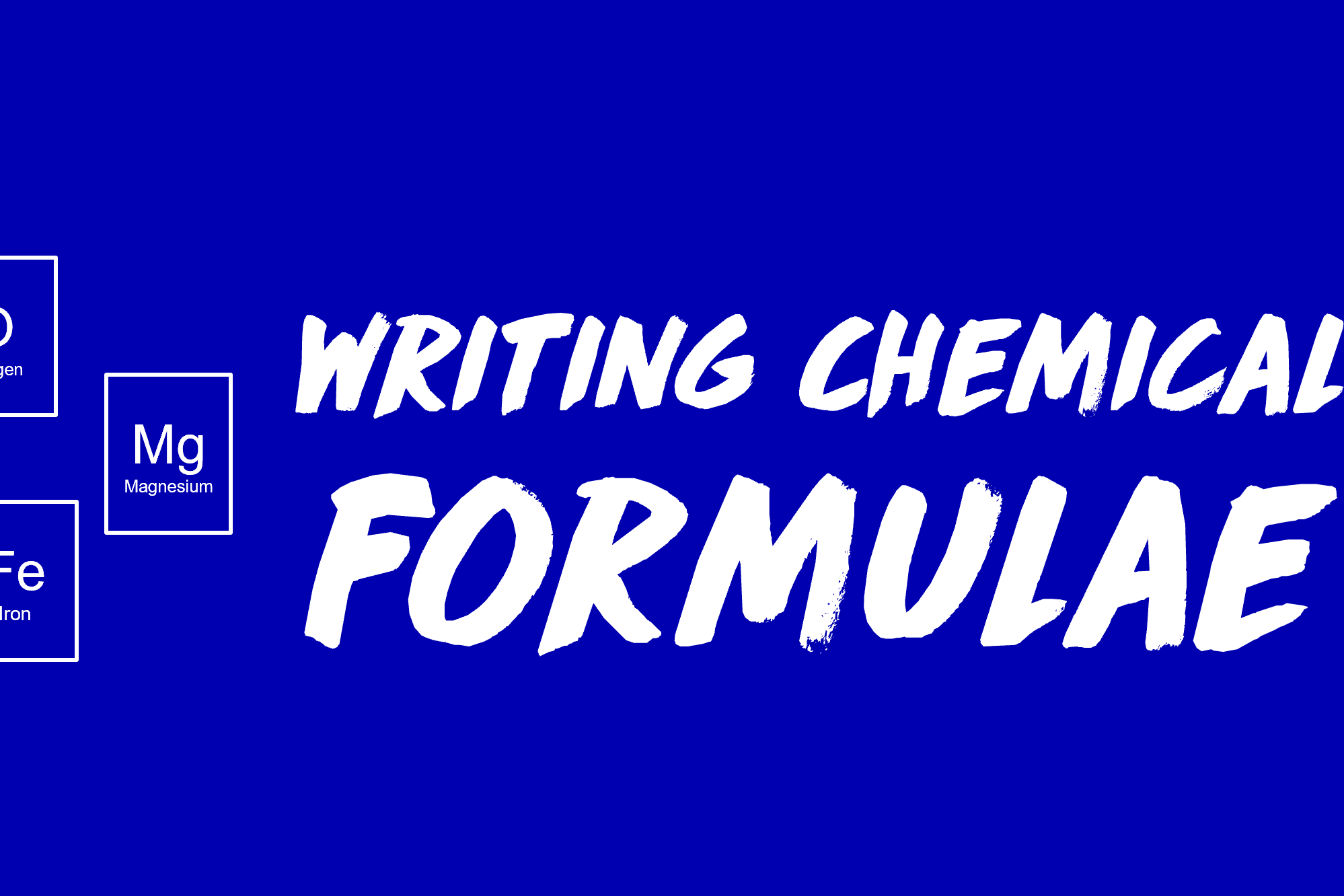CNC Illustration by Gwendolyn Say (@saydrawings)
SUMMARY

Mole
1 mole is 6×1023 particles. Stoichiometry means the mole ratio of substances in a reaction.
no of moles = no of particles ÷ 6×1023

Relative Molecular Mass
The mass of a molecule compared to 1/12th of a carbon-12 atom.
Mr of AnBm = (n × Ar of A) + (m × Ar of B)

Molecule
The mass of 1 mol of a substance, numerically equal to the Ar or Mr.
molar mass = mass in g ÷ no of moles

Percentage Mass
The percentage by mass of a compound that is made up of an element.
% mass of A in AnBm= nAr ÷ Mr × 100%

Empirical Formula
The simplest ratio of atoms of each element in a compound.
1. Write the masses of each element
2. Divide by Ar
3. Divide by smallest number

Molecular Formula
Shows the number of atoms of each element in one simple molecule.
1. Find n = Mr ÷ mass of empirical formula
2. Multiply numbers in empirical formula by n

Molar Volume
A mole of gas occupies 24 dm3 of volume at room temperature and pressure (rtp).
no of moles = gas volume in dm3 ÷ 24

Solution Concentration
The number of moles or mass of solutes per dm3 of solvent.
concentration = no of moles ÷ volume in dm3
concentration = mass ÷ volume in dm3

Titration
Carefully adding exact amount of one solution to completely react with another.
1. Find no of moles of titrant = concentration × volume
2. Use mole ratio to find no of moles of unknown
3. Find conc of unknown = no of mol ÷ volume

Limiting Reactant
The reactant that is completely used up, limiting the amount of product.
1. Find the no of moles of reactants A and B provided
2. Find the no of moles of B needed if A were used up
3. A is limiting if there is less B needed than provided

Percentage Yield
The extent and efficiency of converting reactants to products.
% yield = expected yield ÷ theoretical yield × 100%

Percentage Purity
The percentage by mass of an impure mixture that comprises the pure substance.
% purity = mass of pure substance ÷ mass of impure mixture × 100%
Resources
Percentage mass & empirical formula
Calculate how each element in a compound is pulling its weight, and use this to find the chemical formula empirically
Stoichiometry: Percentage yield & percentage purity
Be 100% sure about how to calculate percentage yield and percentage purity
Solution concentration & titration
Sorry, we don't have 25% sugar here. How about 100 g/dm3 or 0.292 mol/dm3?
Practise how to write chemical formula
Can you infer the formulae of ionic compounds, based on the charges of their constituent ions?
Stoichiometry & the mole concept TYS questions
O Level Pure Questions,Stoichiometry
Fresh from the furnace of O Level
Salt preparation TYS questions
Stoichiometry,O Level Pure Questions
It's big brain time, as you think backwards from the salt in question to infer the reagents and method
Stoichiometry & the mole concept prelim questions
Stoichiometry,O Level Pure Questions
Learn stoichiometry and the mole concept by solving problems taken from O Level prelim papers. Answers and explanations are included.
Stoichiometry: Mole ratio & limiting reactant
Look into the future and predict the amount of product formed, by identifying the mole ratio and limiting reactant
Relative atomic mass & molecular mass
Unit-less but meaningful: making sense of the mass of an atom with ratio
Stoichiometry TYS questions – Combined Chemistry
Stoichiometry,O Level Combined Questions
There is no stoichiometry without try: try out questions from the O Level Combined Chemistry papers










